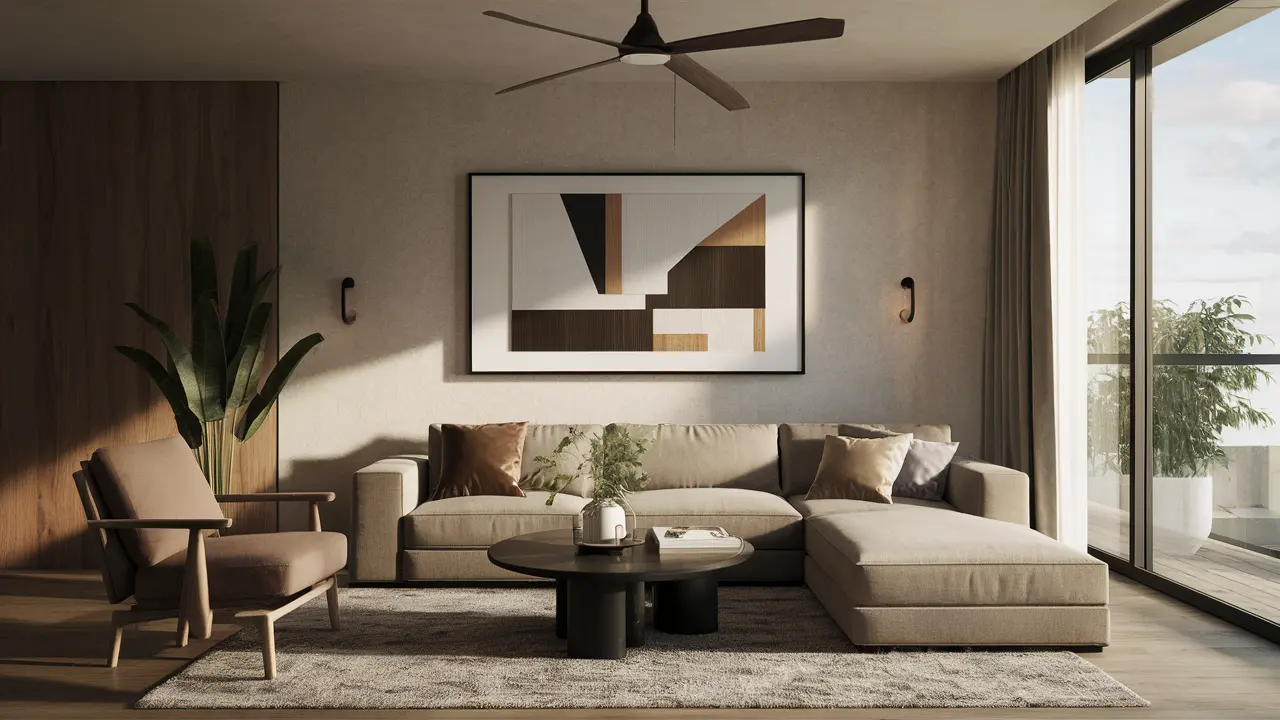Minimalist interior design is characterized by simplicity, clean lines, and a focus on function. Here are key principles and techniques to master the art of minimalist interior design:
- Declutter and Simplify: Minimalism begins with decluttering. Remove unnecessary items and keep only the essentials. Every object in the space should have a purpose and contribute to the overall aesthetic.
- Embrace Clean Lines and Shapes: Furniture and architectural elements in minimalist design feature clean, straight lines and simple geometric shapes. Avoid ornate details and embellishments that can clutter the visual space.
- Neutral Color Palette: A neutral color palette forms the basis of minimalist interiors. Whites, creams, grays, and beige tones create a calm and cohesive environment. Accents of black or other muted colors can add depth without disrupting the minimalist aesthetic.
- Quality over Quantity: Choose quality over quantity when selecting furniture and decor pieces. Invest in well-crafted items that are functional and durable. Each piece should contribute to the overall aesthetic and serve a specific purpose.
- Functional Furniture: Furniture in minimalist design is selected for its functionality and simplicity. Opt for pieces with clean lines and hidden storage to maintain a clutter-free environment. Multi-functional furniture can also help maximize space efficiency.
- Empty Space as a Design Element: Negative space, or empty space, plays a crucial role in minimalist design. It allows for visual breathing room and emphasizes the importance of each element in the space. Avoid overcrowding or filling every corner with decor.
- Focus on Texture and Materials: Texture adds visual interest in minimalist interiors without compromising simplicity. Incorporate a variety of textures through materials like wood, metal, glass, and natural fibers. Keep finishes matte or subtle to maintain a cohesive look.
- Lighting Design: Lighting should be functional and aesthetically pleasing in minimalist spaces. Maximize natural light where possible and complement it with ambient, task, and accent lighting. Clean-lined light fixtures can enhance the minimalist aesthetic.
- Minimalist Art and Decor: Select art and decor items thoughtfully to complement the space. Choose simple artwork or sculptures that resonate with the minimalist ethos. A few carefully curated pieces can make a powerful statement.
- Create Visual Balance: Achieve visual balance through symmetry or asymmetry, depending on your preference. Arrange furniture and decor items to create a harmonious flow and focal points within the space.
- Sustainability: Minimalism often aligns with sustainability. Choose eco-friendly materials and products that have a minimal environmental impact. Quality and durability are key considerations to reduce consumption and waste.
Mastering minimalist interior design requires attention to detail and a disciplined approach to editing and curating. The goal is to create a serene and inviting space that celebrates simplicity, functionality, and aesthetic harmony.

